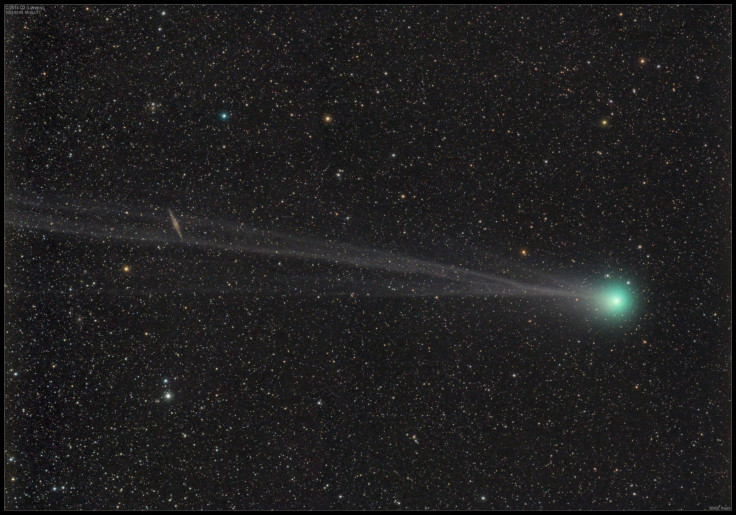Where Did Earth's Water Come From? NASA Study On Comet's Changing Water Fingerprint Suggests The Debate Is Far From Over

Where did most of the Earth’s water come from? Was it comets? Or was it the asteroids that bombarded the Earth during its formative years?
At first glance, comets — which are basically dirty snowballs floating in space — seem like the more plausible source. Despite this, recent analysis of the ratio of normal water molecules (containing two atoms of hydrogen and one atom of oxygen) and heavier water molecules (containing the hydrogen isotope deuterium) in comets seems to reduce the likelihood of comets seeding Earth with water.
However, a study now published in the latest edition of the Astrophysical Journal Letters has further muddled the picture. It reveals that a trip past the sun can drastically alter the production of the heavier form of water (HDO) without affecting the output of normal water (H2O).
These findings, based on infrared observations of the Oort cloud comet C/2014 Q2 (also called Lovejoy) during its perihelion (the point in an object's orbit when it is closest to the sun) in 2015, go against previous understanding that the release of these different forms of water normally rises or falls more or less together, maintaining a consistent D-to-H value.
“If the D-to-H value changes with time, it would be misleading to assume that comets contributed only a small fraction of Earth’s water compared to asteroids,” the study’s lead author Lucas Paganini, a researcher at NASA’s Goddard Center for Astrobiology, said in a statement released Tuesday.
The researchers’ observations revealed that after perihelion, Lovejoy’s output of HDO was two to three times higher, while the output of H2O remained essentially the same.
“The change we saw with this comet is surprising, and highlights the need for repeated measurements of D-to-H in comets at different positions in their orbits to understand all the implications,” Paganini said.
Although the exact reasons that caused this drastic change in the comet’s D to H ratio are still not known, the researchers believe that it’s most likely a result of solar radiation altering the surface layers of the comet, pushing it into a different stage of its lifecycle.
“Comets can be quite active and sometimes quite dynamic, especially when they are in the inner solar system, closer to the sun,” study co-author Michael Mumma, director of the Goddard Center for Astrobiology, said in the statement.
© Copyright IBTimes 2025. All rights reserved.





















